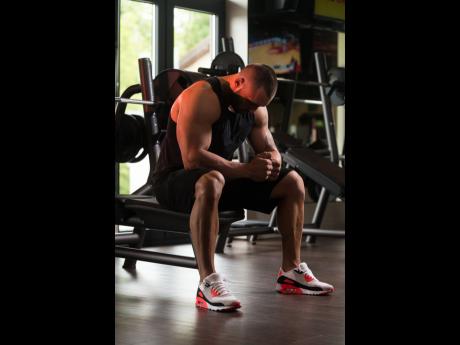Fit 4 Life | The Five Rs of Training [Part II]
Under the Five Rs training system, the last three Rs – repetitions, rest, and recovery – are no less important than the first two – range of motion and resistance.
REPETITIONS
Repetitions, or reps, are the number of times you perform a movement. Repetitions are grouped into sets and both are variables which can be changed depending on the desired results.
Repetitions and resistance go hand in hand. The amount of resistance you use will define the number of repetitions you can complete. One must be careful, however, not to use too heavy or too light a weight. Such a weight would render training ineffective.
One way of keeping your resistance and reps in check is to follow the two-for-two rule, which states that if you can complete two additional reps in the final set of any exercise for two consecutive training sessions, the resistance should be increased.
The general recommendations for repetitions are:
• Low (three to eight) for strength
• Medium (10 to 20) for anaerobic strength endurance
• High (20 to 40) for aerobic strength endurance
While there are general guidelines for getting the results you want, one should always be mindful of the principle of individual differences – training adaptations differ from person to person. You might find that you have to do more or fewer reps or sets than the general recommendations to trigger the expected adaptations.
REST
Rest is important both during and after a workout. The first to consider is the rest time between sets of exercise. The amount of time between sets should be varied based on the desired results of a training session.
The knowledge that muscles take two to four minutes to replenish anaerobic energy stores should form the foundation around which this rest time is planned. Different techniques, such as shortened rest periods and rest-pause, can be used to stimulate various adaptations in the targeted muscles.
Rest outside of workout sessions is one of the cornerstones of training. Rest allows for recovery – one of the Five Rs – to take place. Rest refers not just sleep, but also to time spent not working out; a good night's sleep does not mean your body is ready for another workout.
RECOVERY
Recovery and rest go hand in hand, but the two shouldn't be conflated. Recovery refers to the process by which body tissues repair themselves after a workout. Recovery requires rest, nutrition, and time. Enough time must be allowed between exercises to allow trained muscles to recover fully.
The same muscles should not be trained two days in a row, nor should you train a muscle group more than three times a week. One should be careful when training related muscle groups, as each will do some amount of work during the training of the other; for example, the chest and shoulders work closely together so one should avoid training one directly after the other.
Ignoring this R is the surest way to overtraining and injury.
- Marvin Gordon is a fitness coach; email: marvin.gordon@physiqueandfunction.com; yourhealth@gleanerjm.com

